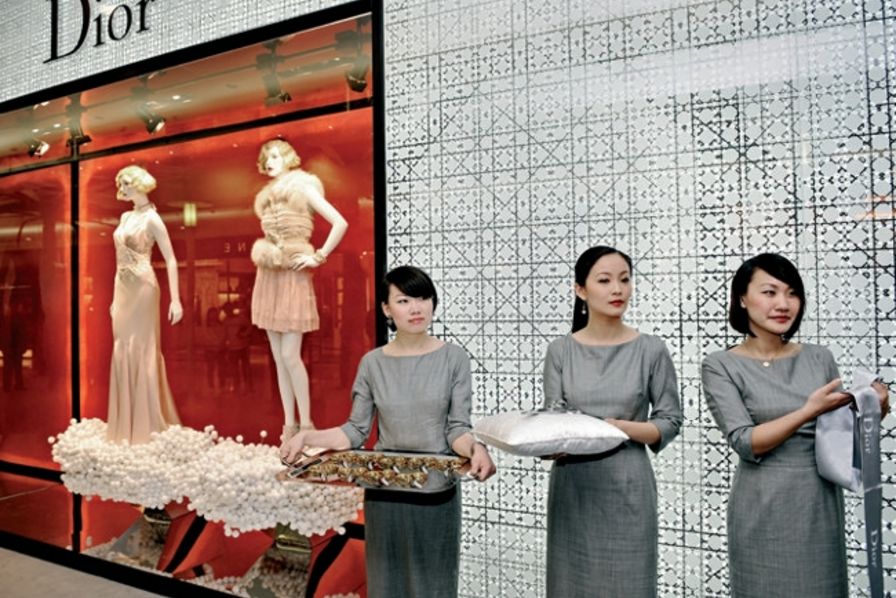Twenty years ago, China won its entry to the WTO after thirteen years of discussions. Today, the Middle Kingdom is the undisputed leader in the luxury goods market. What is the secret of this success?
Since Deng Xiaoping came to power in 1976 after the death of Mao Zedong, China has undergone a strong economic liberalization to become the world power we know today.
With the health crisis, which started in the Chinese province of Wuhan, China was paralyzed for a while, then rose even stronger and placed itself among the first countries to record an economic recovery.
If the luxury sector has literally metamorphosed over the last 20 years, the pandemic has pushed it to go even further in its changes : whether it’s the move to digital by most luxury brands or new communication strategies, luxury has, like China, undergone profound changes.
“In the first six months of the pandemic, luxury brands were forced to take a leap forward in terms of digital innovation. Many had to go to social platforms where they were not present“, comments Chloe Reuter, founder of Gusto Luxe.
“A lot of them thought live streaming wasn’t a luxury, but now they’ve started doing it“, she adds. “They need to continue to move out of that comfort zone to compete. Chinese brands are growing rapidly and have more local expertise“.
The impact of the health crisis on the Chinese luxury market
The health crisis has pushed the world to repatriate to domestic consumption due to the travel restrictions imposed. As a result, some luxury brands have seen a sharp increase in revenue in China, with increases sometimes as high as 60% or 80%.
“Global luxury brands have been hit hard by the crisis. The main cause is the fall in tourism, which has been one of the drivers of growth. Despite the uncertainties that remain, 2021 will be a year of transition and transformation. Global luxury brands will adapt to the new context: digitalization, authenticity, creativity, inclusiveness and sustainability“, details Serge Carreira, head of the Emerging Brands Initiative at the Federation of Haute Couture and Fashion in Paris.
Recently, Equity changed its forecast for when China would account for 50% of the global luxury market from 2030 to 2025. And this trend is set to last as in the next few years, 400 million people will have moved from low-income households to middle and upper-middle class households in the country.
Generation Z, a key market
In addition, China is counting on a key clientele to continue to establish itself as a global leader in luxury: Generation Z. Also dubbed “Gen Z,” these young Chinese buyers born after 1995 already have a strong appetite for luxury, and represent a globally more affluent and digitally oriented generation that is becoming necessary to conquer.
“Growth in China is being driven by a new generation of buyers, which presents another challenge for old school brands. Luxury offers a lifestyle rooted in long-term values, but the paradox is that the younger generation is looking for heritage and immediacy“, explains Serge Carreira.
“Digital is a strategic tool to attract these new buyers. However, it must be handled with care. Luxury remains a matter of offer and not of demand. The objective of brands is to adapt to the global changes brought about by the crisis by integrating them into their core business,” he adds.
Read also > CHINA, 2ND LARGEST PERFUME MARKET IN THE WORLD BY 2030
Featured photo : © Press









